If you’re new to the world of gemstone specimens, you might wonder why collectors in the USA and Europe are so fascinated by them. Unlike polished gemstones used in jewelry, specimens remain in their natural crystal form, showing the raw beauty of the earth. This beginner’s guide will help you understand what specimens are, why people collect them, and how to buy your first authentic piece online.
What Are Gemstone Specimens?
Gemstone specimens are naturally occurring mineral crystals or stones that are collected in their raw, unpolished state. They can range from small hand-held pieces to large museum-quality clusters. Unlike jewelry-grade gemstones, specimens are not cut or faceted; instead, they showcase the original crystal shape, texture, and growth patterns formed inside the earth over thousands or even millions of years. Collectors admire them because they offer a direct connection to geology, history, and the natural beauty of our planet.
For example, an Amethyst specimen may display sharp violet points growing on a matrix rock, while a Fluorite specimen might show cubic crystal formations in brilliant colors. These natural shapes cannot be replicated artificially, which makes specimens truly unique.
Difference Between Jewelry Gemstones and Specimens
At first glance, people often confuse specimens with jewelry gemstones, but they serve very different purposes:
- Jewelry Gemstones: These are cut, polished, and often enhanced to fit rings, necklaces, or bracelets. Their value comes from clarity, color, and carat weight.
- Specimens: These are raw, natural forms meant to be appreciated for their crystal structure, rarity, and origin. They are not altered or faceted, which allows collectors to admire them in their natural state.
In short, jewelry gemstones highlight beauty for personal adornment, while specimens highlight the earth’s natural artistry.
Why Collectors Value Specimens
Collectors in the USA and Europe have a long tradition of valuing specimens. Here’s why:
- Rarity & Uniqueness: Each specimen is one-of-a-kind, shaped by geological processes that can never be duplicated.
- Educational Value: Many collectors are geology enthusiasts who study specimens to learn about mineral formation, crystal systems, and earth science.
- Historical Significance: Some specimens come from famous mines or locations that are no longer active, making them valuable pieces of history.
- Investment: High-quality or rare specimens appreciate in value over time, much like rare coins or art pieces.
- Aesthetic Appeal: Beyond science and value, specimens are simply beautiful and make striking displays in homes, offices, and museums.
Common Uses of Gemstone Specimens
Gemstone specimens are versatile and appeal to different types of buyers:
- Collection: Many hobbyists build personal collections, focusing on either variety (different minerals) or depth (different forms of the same mineral).
- Research & Education: Schools, universities, and museums use specimens as teaching tools.
- Décor: Specimens are displayed as natural art pieces in living rooms, offices, and galleries.
- Healing & Spirituality: In alternative healing practices, crystals like quartz and amethyst are believed to carry metaphysical properties such as energy cleansing and stress relief.
This variety of uses makes specimens appealing to a broad market.
Popular Beginner-Friendly Specimens
If you’re just starting your journey, here are a few easy-to-recognize and affordable specimens to begin with:
- Quartz: Clear or smoky quartz is one of the most abundant and widely collected minerals. It’s durable, affordable, and comes in many beautiful forms.
- Amethyst: A purple variety of quartz, amethyst is beloved for its vibrant color and pointed crystal clusters.
- Fluorite: Known for its striking cubic crystals in colors like green, purple, and blue.
- Calcite: Often transparent or milky, calcite forms unique rhombohedral crystals.
- Pyrite: Also called “Fool’s Gold,” pyrite is shiny and metallic, making it very attractive to beginners.
Starting with these specimens helps you build confidence in identifying minerals while enjoying their aesthetic appeal.
Tips for Buying Your First Specimen
Buying your first specimen can feel overwhelming, but these tips will help you make smart choices:
- Start Small: You don’t need to buy rare or expensive pieces right away. Begin with affordable, beginner-friendly specimens.
- Check Authenticity: Always buy from trusted sellers who provide clear descriptions, origin details, and photos.
- Learn About Locations: Some regions are famous for producing specific specimens. For example, Pakistan and Afghanistan produce high-quality tourmaline, while Brazil is known for amethyst.
- Focus on What You Love: Instead of chasing trends, choose specimens that genuinely catch your eye.
- Care & Display: Store your specimens properly—keep them away from direct sunlight and use stands or display cases for protection.
Where to Buy Authentic Specimens Online
With the rise of e-commerce, it has become easier than ever to buy specimens online. However, the key is finding authentic and ethical sources.
- Specialized Online Stores: Many niche websites focus exclusively on mineral specimens for collectors.
- Gem Shows & Auctions: Virtual gem shows and online auctions can provide rare finds.
- Etsy & Marketplace Stores: Independent sellers often list unique specimens here, but you need to check reviews.
- Direct From Source: Countries like Pakistan, Brazil, and Madagascar export specimens directly through online sellers, often at more competitive prices.
💡 Tip: Always ask for details about the origin, size, and authenticity of a specimen before purchasing.
Conclusion
Gemstone specimens open up a world of natural beauty, science, and artistry. Unlike jewelry gemstones, they capture the earth’s raw essence and offer collectors something truly unique. Whether you’re drawn to them for their beauty, educational value, or potential healing energy, specimens are a rewarding hobby to explore.
If you’re ready to start your collection, browse our authentic gemstone specimens online today. Each piece is hand-selected for quality and authenticity, so you can confidently take your first step into the fascinating world of mineral collecting.
👉 Start your specimen collection today—explore our store and find the perfect piece to add to your journey.
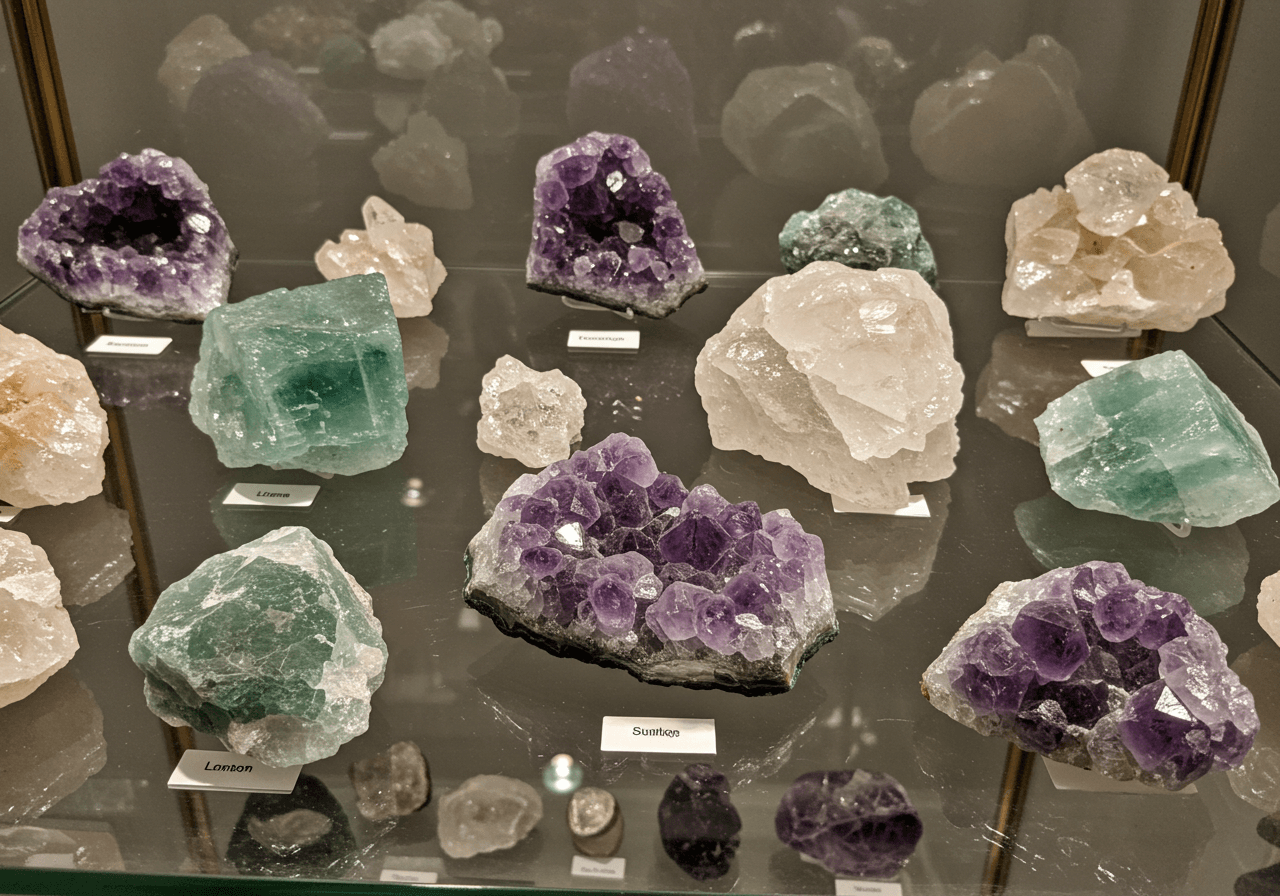
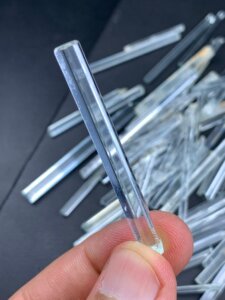
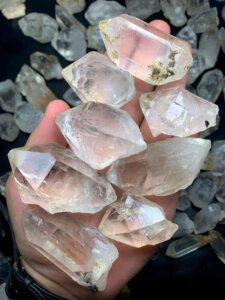
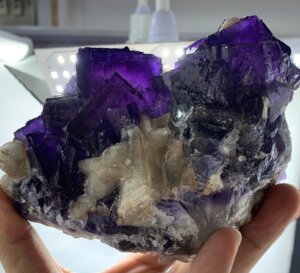
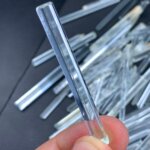
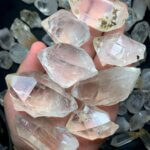
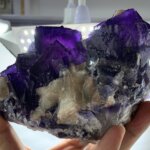
[…] cases for museum-quality […]
[…] Transparency: Clearer specimens are considered higher quality. […]
[…] specimens are prized for their beauty, size, and unique history. Their delicate shades of pink and violet make them a standout addition to any mineral collection. […]